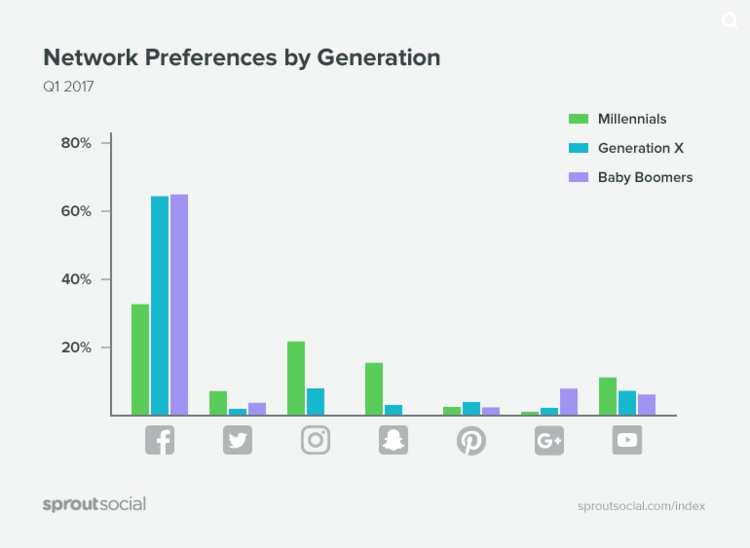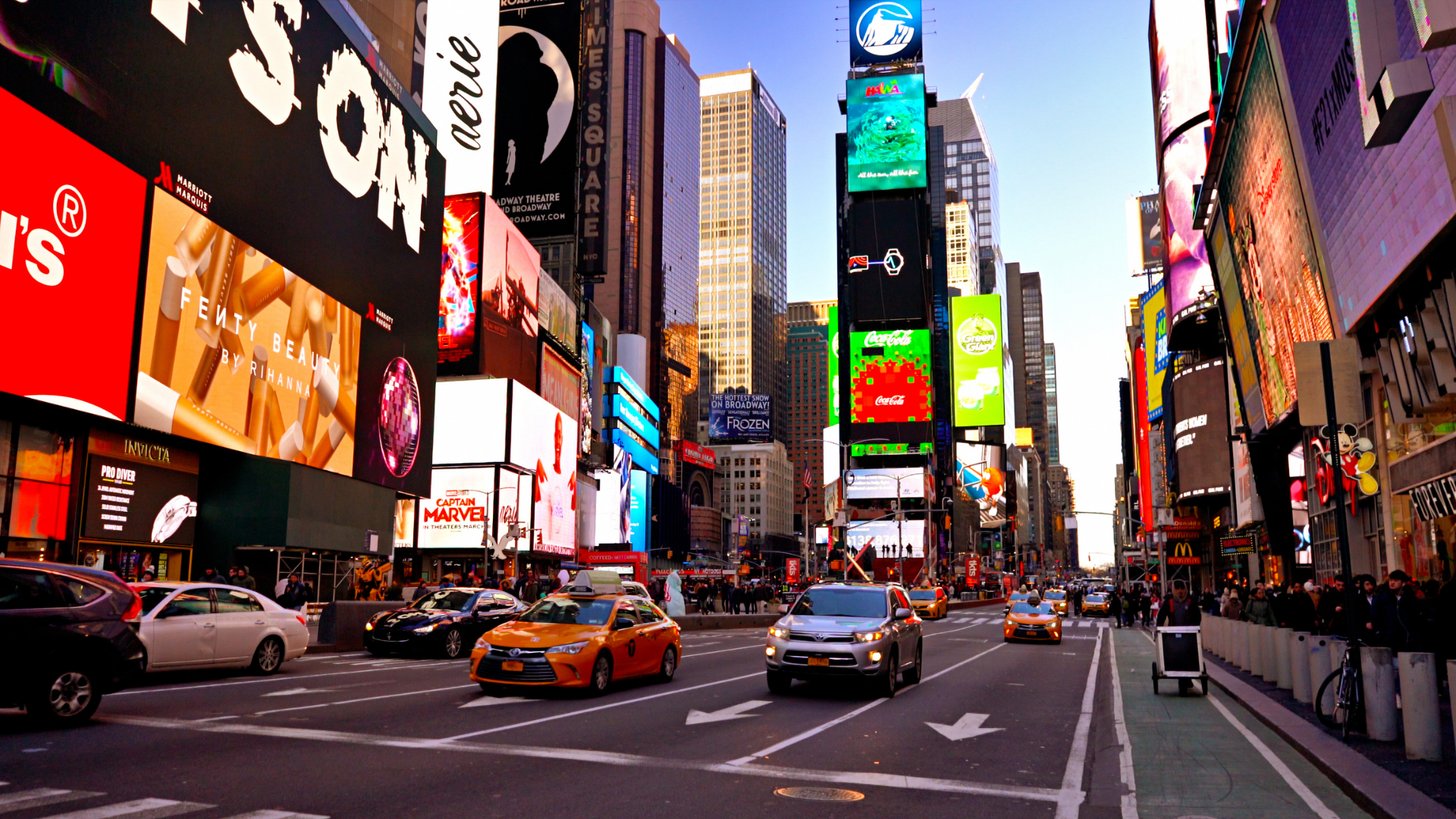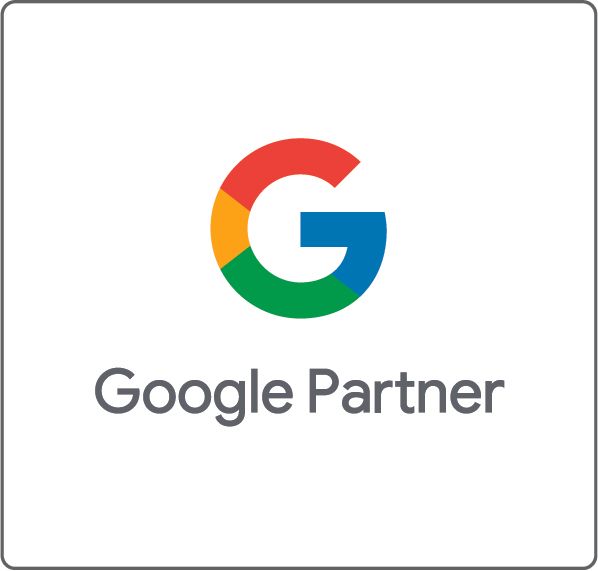The Social Media Generation Gap
Source: Statista.com
Gen Z is by far the most online generation. Unlike any of the generations before them, the internet has been around for their entire lives. Unsurprisingly,
66% of Gen Z sees social media as an essential part of their lives. However, the most popular reason they use social media is to kill time, while other generations ranked connecting with family and friends higher up.
As a result of growing up during social justice movements, diversity and inclusion are always at the top of mind for Gen Z.
A study done by the National Retail Federation found that Gen Z feels the most serious about issues like climate change and politics out of any generation. To best appeal to Gen Z, brands should put their beliefs and values at the forefront of their business. Gen Z also likes brands that are
“fun” and “cool,” with humor and meme-based content being very popular. Platforms like TikTok, YouTube, and Instagram are essential to capturing Gen Z consumers because they love eye-catching, visual content.
According to Sprout Social, 76% of Gen Z say that social media lets them interact with brands, and 78% use social media to learn about new brands. Businesses should create personalized online experiences that mimic in-person shopping in order to capture Gen Z.
Millennials have grown up a lot since the stereotypes of posting duck-face selfies on Facebook and obsessing over avocado toast. Many of them are in their thirties, have children, and have developed their careers. They are the
most lucrative market, because they make up 25% of the population, with an estimated annual buying power of
over a trillion dollars. 72% of Millennials said that social media is an essential part of their lives, the highest out of all generations. The most common reason Millennials use social media is to connect with family and friends. Despite stereotypes of older generations, Millennials actually have the highest expectations for customer service. 42% of Millennials reach out to brands on social media to show their appreciation for a product or service, which is the most out of any generation. It’s important for Millennials to feel heard, so be sure to prioritize using social media for customer support.
Although Generation X is very small, they make up a large portion of social media users. According to
Sprout Social, 52% of Gen X said that they’ve used social media more often in the past year, and 29% believe it will continue to increase over the next three years. Similar to Gen Z and Millennials, 74% of Gen X says that social media is an essential part of their life. However, they prefer YouTube and Facebook, are independent self-starters, and often feel
ignored by brands. To best appeal to the Gen X consumer, make sure they’re included in your marketing and adjust your social media video strategy to include tutorials so they can learn about your products.
The pandemic has changed the way Baby Boomers use social media. Although they were slow to join, 37% of Boomers have increased their social media usage over the past year, and 16% expect it to continue to increase over the next three years. However, only 20% say that they have made purchases on social media, and 21% have used social media for customer service. The best strategy to attract more Boomers is to complement your brick and mortar stores with social media, like sharing discounts, pictures of merchandise, and any store updates to encourage customers to visit your store.
We can all agree social media is a great way to connect with customers and create brand awareness, but it is important to target consumers based upon demographics to effectively communicate your message. Although most consumers prefer Facebook or Instagram to other social media platforms, brands shouldn’t have one blanket post for all consumers because each generation prefers different types of content and will react differently. Brands that understand this will see the benefits for years to come.
Never miss an update from “The Shoppe,” sign up for our email list today!
Subscribe
Sign up with your email address to receive news and updates.
Subscribe
We respect your privacy.

















